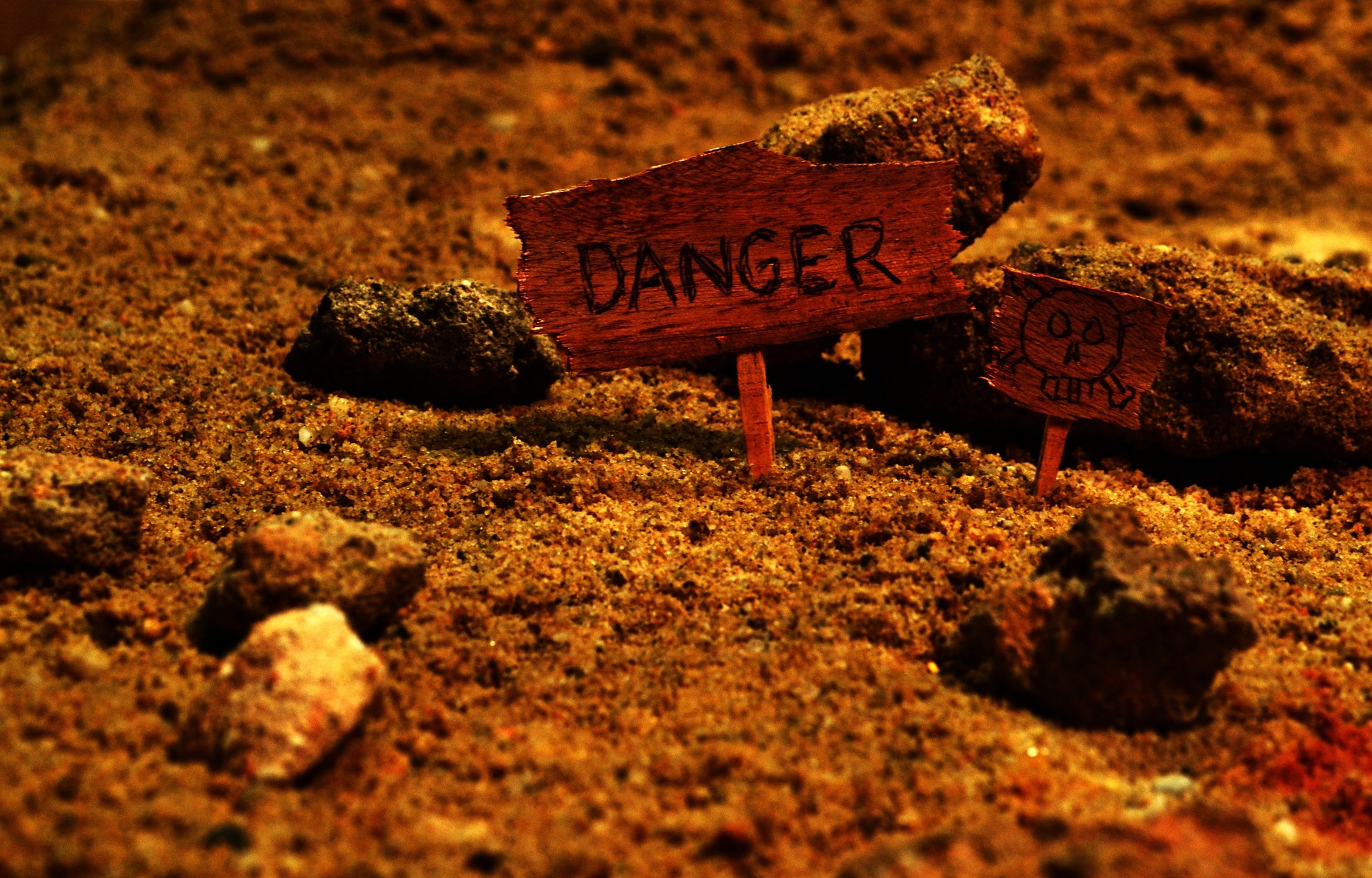SMART: radioactive expertise at the service of the environment
Nuclear power stations are not the only sources of radioactivity in France. Other sources undeniably include hospitals and the construction industry, for example. Given the potential dangers to health and the environment, such sites have to be permanently tested. SMART, a team of experts in radioactivity from SUBATECH is a necessary third-party actor in this domain. The team brings objectivity and quality to field measurements and laboratory analyses. It handles regulations on radioactivity and thereby contributes to monitoring the environment.
SMART. No, this isn’t an article about the latest model of the famous subcompact car, but the Service for the Measurement and Analysis of Radioactivity and Trace elements. This team of experts (technicians and engineers) which is part of SUBATECH,[1] is not restricted by the usual laboratory and research standards. This freedom gives them a broad scope for responding to very specific questions. “We can answer any question that concerns the measurement of radioactivity,” explains Isabelle Deniau, Senior Technical Engineer at SMART. So, if you want to determine the true nature of a diamond, or find out the origin of a wooden floor, SMART’s doors are wide open and its advice is readily available.
But the range of offerings proposed by these radioactivity experts goes further than answering such unusual questions. Any organization using radioactive sources, such as Engie, AREVA, the CEA, hospitals or the construction industry, can benefit from SMART’s services. These direct or indirect actors in the industry of nuclear energy are subject to strict regulations in terms of tests and waste in order to protect citizens’ health and the environment.
Radioactivity tests for monitoring the environment
When we talk of radioactivity, the image of a nuclear power plant often enters our minds. This is hardly surprising in France, given that nuclear power is the leading source of energy, accounting for 77% of all power generation (according to the Electricity Transmission Network – RTE). Nuclear power stations are tested regularly because of the dangers they can lead to. The SMART laboratory works directly on the ground to analyze nuclear waste and put in place impact measurements, notably for the ASN (Nuclear Safety Agency). “Broadly speaking, the laboratory contributes to monitoring the environment in France”, explains Isabelle Deniau.
“We conduct analyses of grass, moss, leaves… anything that may absorb radioactive compounds through exchange with the atmosphere. We also take water samples”, the engineer added. These samples provide information on potential pollution from radioactive isotopes released into the atmosphere in the form of waste liquids or gases. Specialists call them bioindicators. These biological compounds indicate the presence or absence of contamination.
Samples are never taken at random on the ground. Analyses are conducted upstream and downstream of nuclear power plants and then compared to evaluate the impact of the effluent releases. The choice of samples depends on the radioactive isotopes being searched for. The experts must take account of the accumulation capacity of each bioindicator. “Since we entered the era of nuclear power it has become difficult to differentiate between natural radioactive isotopes and those connected with human activity, because some of these compounds are already present in the environment”, Isabelle Deniau explains.
Up-to-date knowledge of the behavior of radioactive elements in the areas studied is vital, since the compounds differ depending on the environment in which they have accumulated. Cesium, for example, is a typical compound of nuclear activity which is deposited among sediments in watercourses. It can be transmitted to algae and then consumed by fish and eventually accumulates in their muscles. “In these cases, it is no longer the physical half-life which interests us, but the biological half-life”.
Secure and monitored demolition
These measurements are effective for nuclear power stations in operation, but such sites only have a limited life-span. They have been designed to last for between 25 and 40 years, although this period has been extended over the past few years thanks to advances in knowledge and techniques which ensure the safety of these infrastructures. But a time will come when these power stations will have to be demolished. Measurements are taken by the team at SMART. “Regarding the problem of demolition, our aim might be to determine the level of radioactivity of demolition waste which will later be sent to the ANDRA (National Agency for the Treatment of Radioactive Waste), or to check that no radioactivity remains on the site”, says Isabelle Deniau.
The rehabilitation approach for each of these potentially dangerous sites is taken very seriously at every stage of the process. Before demolition, the experts evaluate the radioactivity of the waste which will be produced. After the demolition, they measure the level of residual radioactivity. “We can also act as third-party experts on demolition sites such as Fort de Vaujours. This constitutes an additional control”.
Reputed and award-winning practices
“We are accredited for samples and analyses by COFRAC, an organization that accredits laboratories and certifies their measures. This provides a guarantee that the results follow a standardized procedure and that the samples and measurement techniques have been validated. This means that if we repeat the measurement, our result will always be the same. We undergo regular audits for this certification”, explains Isabelle Deniau.
Samples for radioactivity analyses are standardized by vital measurement constraints. In the case of water samples, for example, scientists must take samples from the middle of the watercourse and not from zones where the water is stagnant. Certain precautions must also be taken, such as rinsing the vials with sample water, or filling them right to the brim to prevent gas exchange. These precautions are all necessary for reliable and representative results.
“COFRAC certification is reassuring for our clients. It certifies the reliability and quality of our work”, Isabelle Deniau adds. It is important to have an independent actor like SMART. The fact that it is not associated with the organizations producing radioactivity means it can carry out safety measurements without bias. The service adheres to strict regulations that guarantee objective results, and therefore plays an essential role on a societal level.
[1] SUBATECH is a research laboratory co-operated by IMT Atlantique, the Institut National de Physique Nucléaire et de Physique des Particules (IN2P3) of CNRS, and the Université de Nantes.





Leave a Reply
Want to join the discussion?Feel free to contribute!